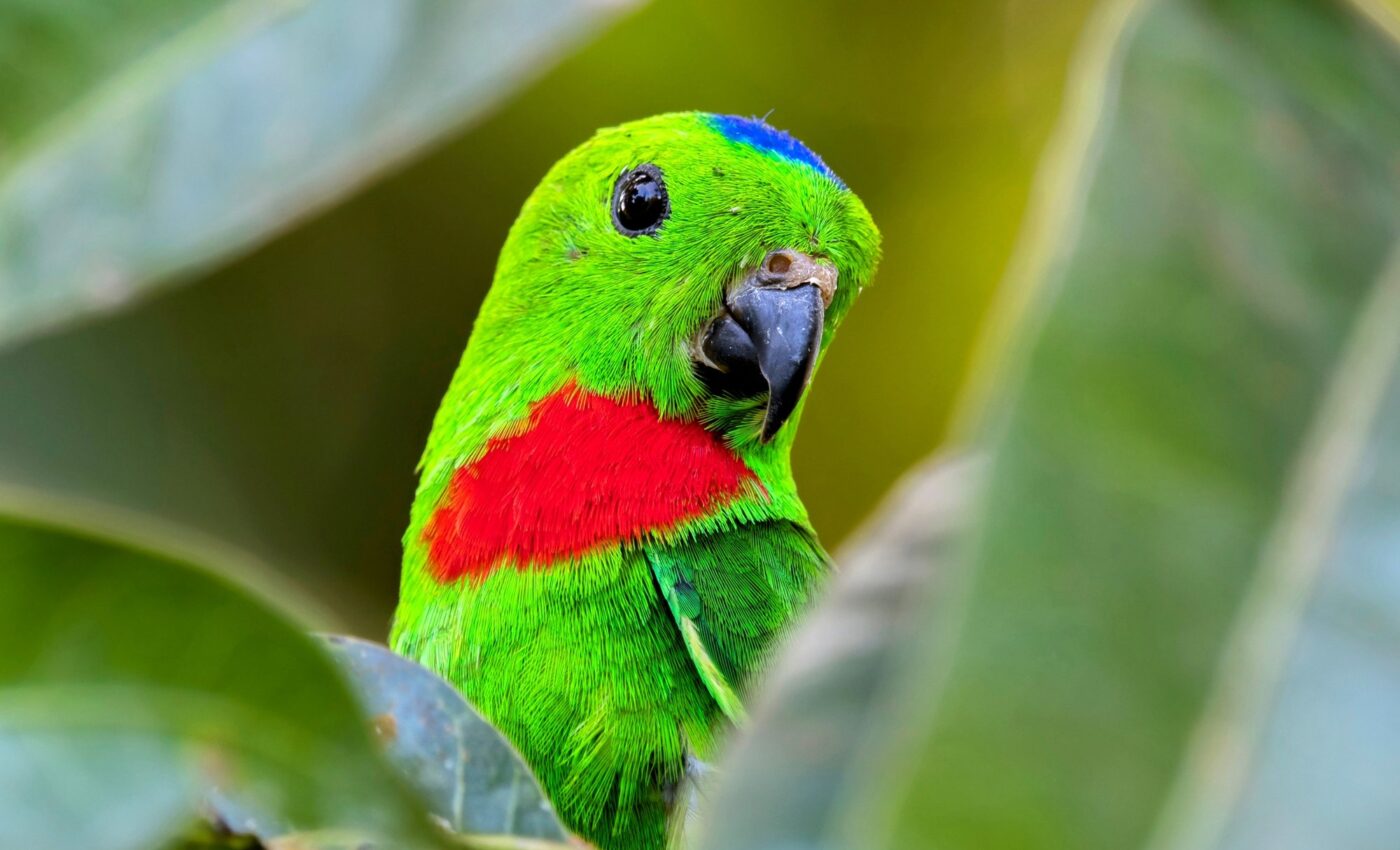
Infanticide or adoption? Why parrots kill each other's chicks
Researchers at the University of California, Berkeley have recently found that green-rumped parrotlets frequently engage in both infanticide and adoption to gain mating advantages and secure valuable nesting sites.
The research, spanning nearly three decades, sheds light on the complex social behaviors of these small South American parrots, suggesting that their actions are driven by both competition and opportunity.
Real estate and love
“In parrotlets, infanticide and adoption revolve around real estate and love,” said lead author Steven Beissinger, a professor of environmental science, policy, and management at UC Berkeley.
“Most of the infanticide attacks happened when a breeding pair was attacked by another pair that was trying to take over a coveted nest site. It also occurred when males wanted to breed with a widow who already had offspring – but we were surprised to find that these new males were just as likely to adopt the offspring as attack them.”
Focus of the research
The study began in 1988 when Beissinger started observing a community of these parrotlets on a Venezuelan cattle ranch. Unlike their forest-dwelling kin, green-rumped parrotlets prefer nesting in open areas, which allowed for detailed observation.
To facilitate this, Beissinger installed artificial nesting sites made from large PVC pipes across the ranch and used color-banding to track individual birds and their familial relationships.
Discovery of infanticide among parrots
The initial discovery of infanticide came unexpectedly. “We couldn’t tell if something had attacked them, or if they had died from disease, or something else,” Beissinger recounted. “But when we were watching some of the nests, all of a sudden in went a male who didn’t belong – who wasn’t a parent at that nest – and out he came with a little bit of blood on his beak.”
This observation prompted a closer examination of infanticide among the parrots, which revealed that it was a common strategy employed by birds trying to secure a prime nesting site.
Parrot infanticide and population density
The study, which included data from more than 2,700 nests observed from 1988 to 2015, found that attacks often occurred during periods of high population density, which increased competition for nesting sites.
“At low population levels, it’s all love and peace, right? But then when you get to high population densities, it’s a bloodbath,” said senior author Karl Berg, an associate professor of biology at the University of Texas Rio Grande Valley.
“It’s not that everybody’s born a killer, but the urge to breed is very strong. When the resources provided by the environment aren’t enough for all individuals to breed, they seek out alternative strategies. Unfortunately, that involves killing innocent little offspring.”
Adoption as a non-violent strategy
Interestingly, the study also found that new mates of widowed parrots were just as likely to adopt existing offspring as to commit infanticide. This finding suggests a complex calculation where adoption might also serve as a non-violent strategy for ensuring genetic continuity.
“Adoption may be a lot easier to accept than infanticide, but it’s actually more difficult to understand because it challenges Darwin’s ideas about natural selection,” Berg explained.
“It was very interesting to see that the reproductive fitness outcomes were about even between adoption and infanticide and suggests that they have an alternative strategy – adoption may be a non-violent means of getting genes into the next generation.”
Adoption among male parrots
Moreover, the study highlighted that males who adopted were able to start breeding at younger ages and secured bonds with widowed females, gaining both a new mate and a nest site.
“Stepfathers scored love – a new mate – and real estate – a nest site!” Beissinger concluded, emphasizing the multifaceted strategies these birds employ to thrive in their complex social and environmental landscape.
Green-rumped parrotlets
Green-rumped parrotlets are charming little birds, part of the parrot family, known scientifically as Forpus passerinus. They are the smallest members of the parrot family found in the Americas, measuring just about 5 inches in length. These birds are particularly noted for their vibrant green plumage, which helps them blend seamlessly into their natural habitat.
Habitat
Native to northern South America, green-rumped parrotlets thrive in a variety of environments, from tropical forests to savannahs. They exhibit a strong preference for areas with abundant fruit-bearing trees and shrubs, which constitute a major part of their diet, along with seeds and small insects.
Social lives
Socially, green-rumped parrotlets are fascinating creatures. They are generally seen in pairs or small flocks when not breeding. During the breeding season, they become more territorial and prefer solitude or the company of their mate. They nest in tree cavities where the female lays between four to six eggs, which she incubates for about 18 days.
Communication
What sets these birds apart in the parrot family is their communication. Research has shown that green-rumped parrotlets have a complex system of calls and can even use specific calls to identify their family members, a trait once thought to be exclusive to much larger parrots.
Despite their resilience and adaptability, habitat destruction poses a significant threat to their populations. However, green-rumped parrotlets are not currently listed as endangered due to their widespread distribution and stable population numbers in the wild.
The study is published in the journal Proceedings of the National Academy of Sciences.
—–
Like what you read? Subscribe to our newsletter for engaging articles, exclusive content, and the latest updates.
Check us out on EarthSnap, a free app brought to you by Eric Ralls and Earth.com.
—–













